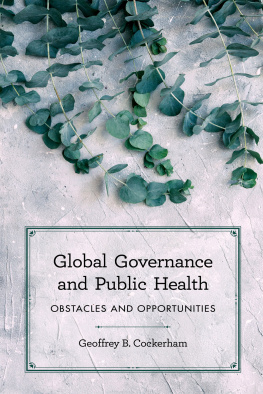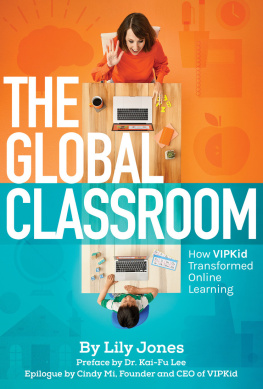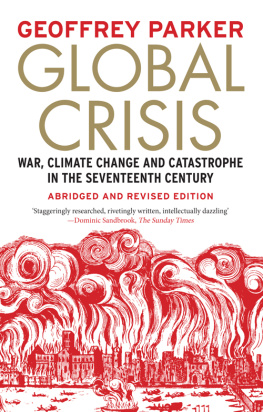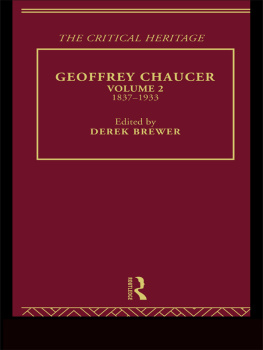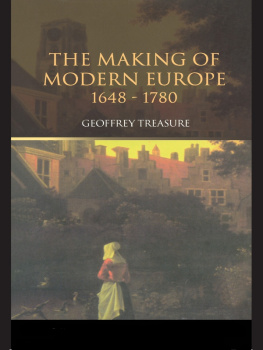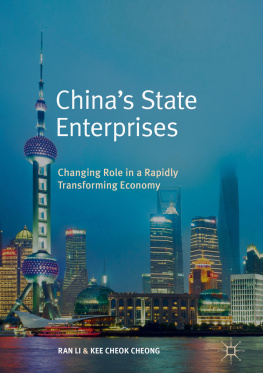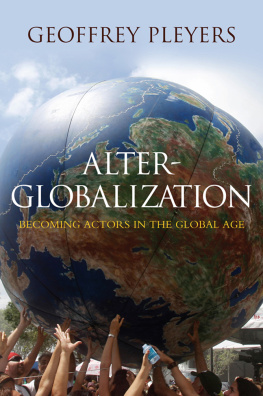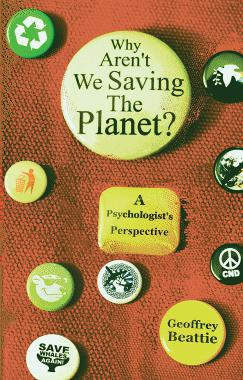First published in 1994 in Great Britain by
FRANK CASS AND COMPANY LIMITED
Gainsborough House, 11 Gainsborough Road,
London Ell 1RS, England
and in the United States of America by
FRANK CASS
c/o International Specialized Book Services, Inc.
5602 N.E. Hasssalo Street, Portland, Oregon 9272133640
Transferred to Digital Printing 2004
Copyright 1994 Frank Cass & Co. Ltd
British Library Cataloguing in Publication Data
Making of Global Enterprise. (Business
History Series, ISSN 0007-6791)
I. Jones, Geoffrey II. Series
338.8
ISBN 0-7146-4554-0(hbk)
ISBN 0-7146-4103-0(pbk)
Library of Congress Cataloging-in-Publication Data
The Making of global enterprise / edited Geoffrey Jones.
p.cm.
This group of studies first appeared in a special issue of
Business history, vol. XXXVI, no. 1, January 1994 T.p. verso
Includes bibligraphical references and index.
ISBN 0714645540. ISBN 0714641030 (pbk.)
1. International business enterprises History. 2. International
business enterprisesCase studies. I. Jones, Geoffrey.
HD2755.5.M345 1994
338.88dc20 93-5942
CIP
This group of studies first apppeared in a Special Issue of Business History,
Vol. XXXVI, No. 1 (January 1994), [The Making of Global Enterprise].
All rights reserved. No part of this publication may be reproduced, stored in a retrieval system, or transmitted in any form, or by any means, electronic, mechanical, photocopying, recording or otherwise without the prior permission of Frank Cass and Company Limited.
ABSTRACTS
Comparative Hosts, by Mira Wilkins
This paper explores ways of comparing industrial and developing nations that are and have been hosts to multinationals. General problems in doing this included: defining multinational enterprise; acknowledging the formidable number of hosts; finding appropriate measures; clarifying the meaning of impacts; and recognising the truncation problem (that of slicing into the fabric of the multinational firm). The activities of multinational enterprises are considered through time in individual host countries. Since corporate decision making is the point of departure, parameters of corporate choices (those related to opportunities, political conditions, familiarity, third-country considerations, and specific corporate style) are developed. Various rankings by countries are introduced to establish impact comparisons. The evidence shows that impacts differ by country and period. The paper demonstrates the historical importance of industrial countries as hosts and argues that students of economic growth and development should pay attention to all aspects (not simply the direct investment ones) of multinational enterprise impact through time.
International Financial Capital Transfers: A Transaction Cost Framework, by Jean-Franois Hennart
This paper argues that a number of non-conventional types of foreign direct investments such as free-standing firms that fit awkwardly in models where multinational firms arise to exploit abroad their firm-specific advantages, can be explained by looking at the role of these institutions in the international transfer of financial capital. The paper develops a theory to explain why a particular form of transfer will be used based on the choice between price and hierarchical transfer on one hand, and intermediated versus non-intermediated transfer on the other. Hierarchical transfer (equity) will be favoured when transaction costs in the market for investible funds are high. Intermediation will take place when there is considerable asymmetry between savers and investors. Non-intermediated equity transfers (free-standing firms) will arise to finance projects offering no collateral (hence equity) but of low scale and known technology (hence non-intermediated).
Britains Overseas Investments in 1914 Revisited, by T.A.B. Corley
By 1914, over 35 per cent of Britains net national wealth was held abroad: a proportion unequalled by any country before or since. This essay suggests that this substantial volume of overseas investment was by no means as harmful to the British economy as many earlier scholars have maintained. If the modern definition of foreign direct investment is used, namely that which involved control over the assets acquired, getting on for half of Britains overseas investment stock turns out to have been direct, and hence the result of positive entrepreneurial effort, for example to secure raw materials abroad or to surmount tariff barriers. This general discussion is supplemented by estimates of the industrial and geographical composition of Britains foreign direct investment.
Foreign Multinationals in British Manufacturing, 18501962, by Frances Bostock and Geoffrey Jones
This essay draws on a new database to describe the dimensions and characteristics of 685 foreign companies which established British manufacturing subsidiaries between 1850 and 1962. The numbers of foreign companies grew from the 1890s, expanded rapidly in the inter-war years, and even more rapidly from the 1950s. The majority were American, and were clustered in chemicals, mechanical and electrical engineering, metal goods, motor vehicles and food products. The majority of foreign firms established greenfield plants in Britain, but there were a significant number of acquisitions from 1900, and this became an important mode of entry from 1950. Many foreign investors were of modest size, and a considerable number of investors were short lived. The majority of factories were always in the south-east of England, but there was a surge of investment in Scotland and Wales after 1945. Foreign-owned companies began to undertake RD activity in Britain from the inter-war years, and had a notable propensity to engage in foreign trade.
Negotiating Technology Transfer Within Multinational Enterprises: Perspectives from Canadian History, by Graham D. Taylor
This essay examines the processes through which technology and technological capabilities were transferred by parent companies to their foreign affiliates in Canada, focusing on three companies covering the period from the 1880s to the 1950s. The three companies are: Bell Telephone Co. of Canada, which was affiliated with American Bell/ American Telephone & Telegraph during this period; Canadian Vickers Ltd, a wholly-owned subsidiary of the British firm, Vickers Ltd, from 1910 to 1927; and Canadian Industries Ltd (CIL) which was jointly owned by the American firm, Du Pont, and the British company, Imperial Chemical industries Ltd, from 1910 to 1952. In each case the major factors affecting decisions involving transfers of technology were: the general strategic objectives of the parent firm(s); the role played by managers in the affiliated firm in negotiating for these transfers; and the degree of control exercised by the parent company over the Canadian enterprise.
I.G. Farben in Japan: The Transfer of Technology and Managerial Skills, by Akira Kudo
Before the Second World War, LG. Farben, the giant German chemical firm, extended its operations to the Far East. It exported goods, licensed its technologies and made direct investments in Japan. Through these forms of international business activities, I.G. Farben transferred its production technology and managerial skills to the Japanese chemical industry. This article, using company archives, examines the background, motives, process and results of the transfer activities. It concludes that LG. Farben exerted a significant influence on the production technology, marketing policy, and distribution system of the Japanese chemical industry.


